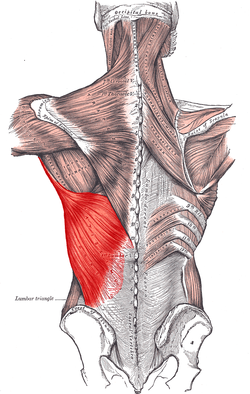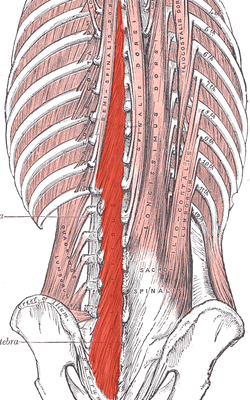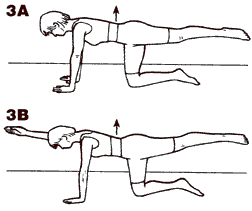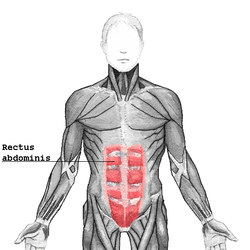Our last article discussed the “core” and its importance on stability of the spine. Without strong muscles to stabilize the spine during movements, exercise or to support when just sitting still, a person may find himself cracking his back, fidgeting when sitting or standing for long periods or develop pain. These are all signs of spinal instability.
 We have large muscles surrounding the spine such as the latissimus dorsi, erector spinae, rectus abdominus. However, these muscles are more superficial – or further from the spine – and provide less support to the actual stability of the spine. They contract when called upon and provide power for our activities. However, even with strength in these muscles, your spine may still lack stability to sit or stand for prolonged periods, lift a box or even walk without pain because the deep muscles of your spine are weak. This is spinal instability due to a lack of core strength.
We have large muscles surrounding the spine such as the latissimus dorsi, erector spinae, rectus abdominus. However, these muscles are more superficial – or further from the spine – and provide less support to the actual stability of the spine. They contract when called upon and provide power for our activities. However, even with strength in these muscles, your spine may still lack stability to sit or stand for prolonged periods, lift a box or even walk without pain because the deep muscles of your spine are weak. This is spinal instability due to a lack of core strength.
Back Muscles of Your Core
The back muscles of your core are intimately connected to the vertebrae in your spine. They are endurance muscles that must contract all day, every day to provide the stability we need to do our daily activities. This is what makes the deep core muscles, or spinal stabilizers, different and arguably more important than the superficial muscles. Without strength in our core, the superficial muscles of our bodies and extremities don’t have a stable base to work from and we will have difficulty, and maybe pain, picking up heavy objects, vacuuming or throwing a ball.

The multifidus is one of the most important core muscles and stabilizers of our spine. It is deep to your back muscles and connect multiple vertebrae along the spine. This allows for it to provide stability to the spine. However, if someone were to suffer any type of back injury, it usually involves the multifidus and unfortunately, no matter how much you rest, unless you specifically target the muscle for strengthening, it won’t recover and you’ll continue to have pain and instability in your spine.
Here is a simple but effective exercise for your multifidus:
Get on your hands and knees. Raise your opposite arm and leg about 3 inches off the floor and hold for 5 seconds (if you raise your arm and leg too high, you will be recruiting the bigger muscles to work, not your multifidus). Keep your stomach muscles tight as you lift, don’t let your belly sag. You should be able to balance with a straight back and not wobble side to side. Repeat with the opposite arm and leg. Try to do at least 10 repetitions on each side and build up to 25. These are endurance muscles which mean they must work at all times to maintain stability in your spine so you should be able to do lots of repetitions.

By specifically strengthening your core, you reduce your risk for back injury and increase the power you have for all other activities and sports. For more information on strengthening your core or if you have back pain and would like to discuss your symptoms with a physical therapist, please contact us as ProActive Physical Therapy and Sports Medicine today!


